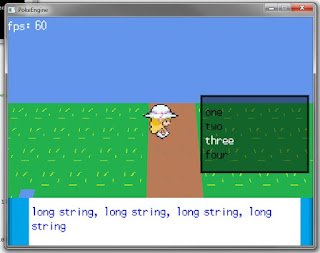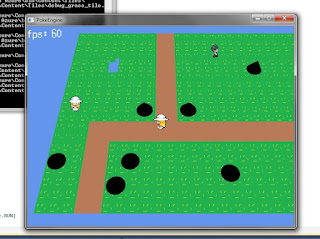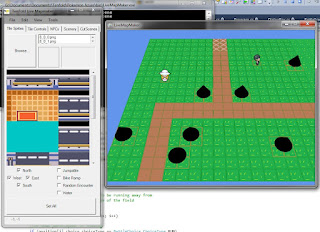I am using a computer that has a relatively small (120gb) solid state drive.
On this drive I have my Steam installation, and as you may guess I can only have a limited amount of games on this drive at a time.
There is no way in Steam (at least, no way that I know of) to install games to directories or locations other than the steamapps subdirectory of Steam. As someone who wants to take advantage of their SSD when using steam games it would appear I would have to limit the number of games I had installed.
Previously my only other option was to manually go through to the steam directory, copy the entire folder of the game I wanted to another drive, and manually create a symbolic link. This was bearable, but a little tedious, especially if I had to do several games at a time.
But in the past couple of days I wrote a little .NET application that will do this all for me.
Features include:
- Automatic detection of Steam installation in default locations
- 'Memory' of steam Installation location and default migration location
- 2 button migration once Steam location and migration location are configured
- Record of which games have been migrated for easy reversal
- 1 button migration of a game back to the Steam folder
I am pretty pleased with it, the application requires administrator privileges in order to create the Symbolic Link, but works pretty well once everything is configured.
It'll save me a little time at least.
So, for anyone who wants a simple way to put a Steam game on a different/external hard drive, or in a different folder this may save you a few headaches.
I also made a neat logo for it, took me all of 10 minutes.
Steam Relocator by Ross Callister is licensed under a Creative Commons Attribution-NonCommercial-ShareAlike 3.0 Unported License.



